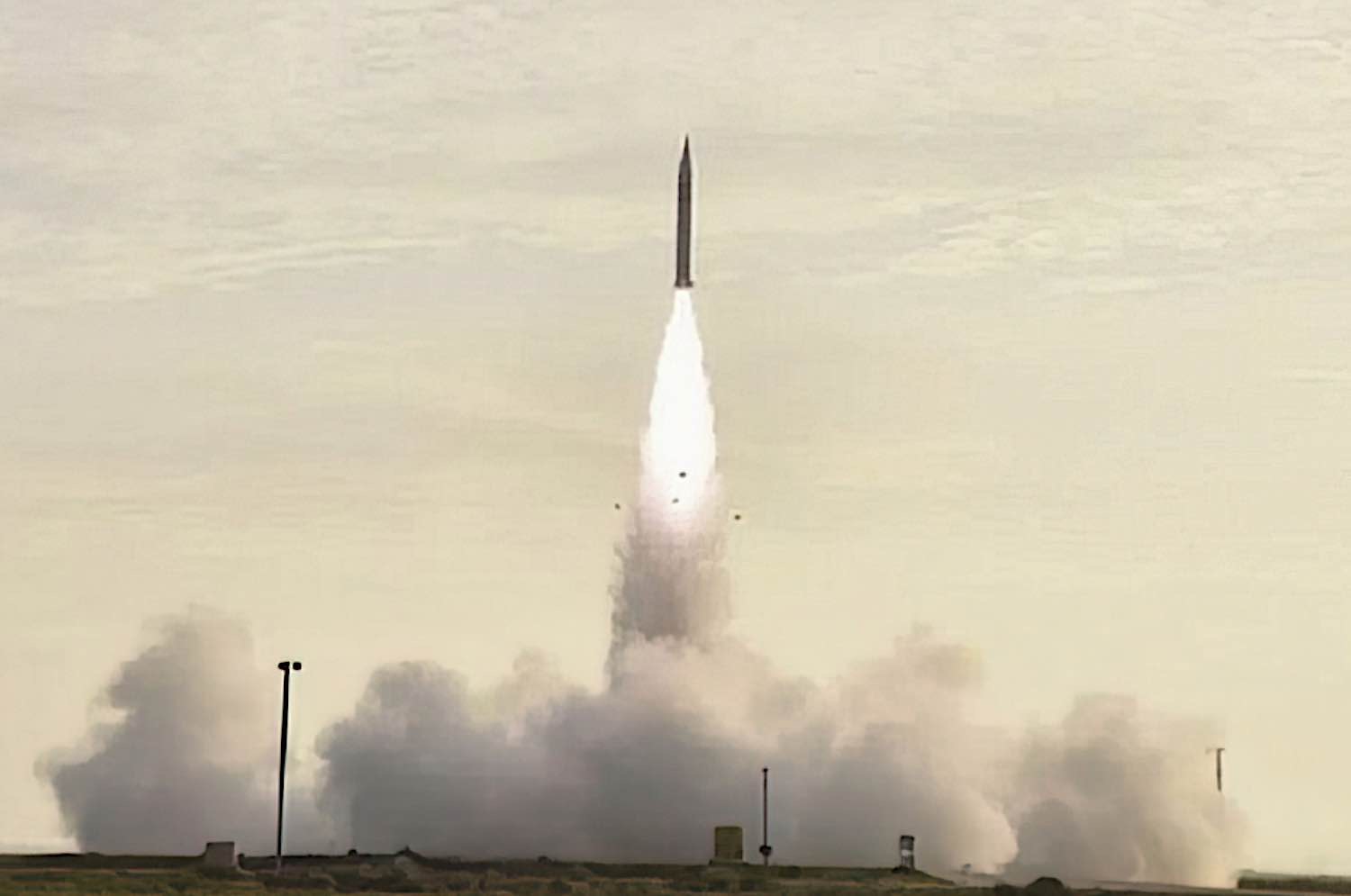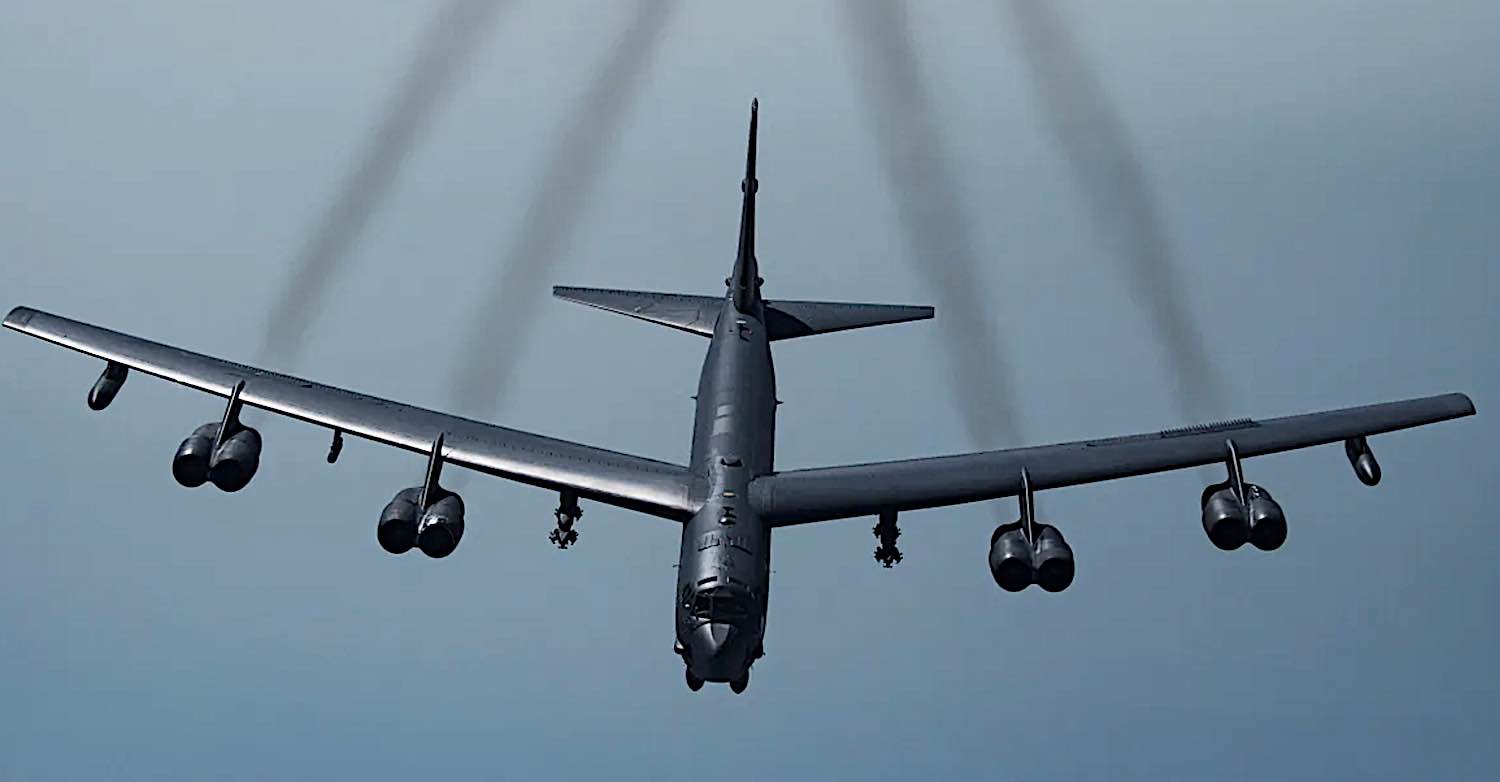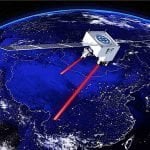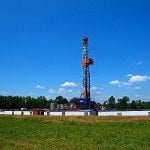For the first time, the United States Airforce has successfully test-fired a hypersonic missile at up to five times the speed of sound.
According to a recent press release [1], the AGM-183A, or ARRW missile, developed by Lockheed Martin, was launched from a B-52H Stratofortress off the coast of Southern California, out of Edwards Air Force Base, on May 14th.
This successful test comes after many years of research and development into hypersonic missiles and represents a significant step forward for the US military.
The new missile could give the US a critical advantage in combat situations, as it is able to travel at such high speeds that it is virtually impossible — with current methods — to intercept.

Hypersonic missiles
A hypersonic missile is a missile that can travel at speeds of Mach 5 or above – that is, five times the speed of sound.
Hypersonic missiles are extremely difficult to intercept, which is why they are considered such strategically important weapons.
For one, they travel so fast that they are almost impossible to track.
Also, by being highly maneuverable, these missiles are harder to intercept than intercontinental ballistic missiles, as these follow a set trajectory that can be easily predicted.
Hypersonic missiles are considered by many to be the next frontier in military high-tech weapons. Together with other cutting-edge technology such as artificial intelligence, robotics, and biotechnology, hypersonic missiles represent the future of warfare and will shape how military conflicts around the world are fought.

The way that the ARRW missile works is by using a booster rocket to accelerate to hypersonic speeds, before releasing a second stage which then flies at a lower altitude using advanced aerodynamic controls. This second stage, known as a hypersonic glide vehicle, glides at high speed to its target and then detonates on impact.
This two-stage approach is known as ‘boost-glide’ and is what makes the ARRW missile and other hypersonic missiles so difficult to intercept.
The United States has been working on hypersonic missiles for many years, but this is the first time they have succeeded in test-firing one.
In a previous test in April 2021, the missiles failed to separate from the wing of the aircraft that was carrying them. And in a second test in July 2021, the missile did separate and engage its fins, but the booster failed to ignite. [2]
The US Airforce is not the only military force that has been working on developing hypersonic missiles. Indeed, the Pentagon has shown concern in the past that both China and Russia are ahead of the United States in this critical area.

The hypersonic missile race
Russia has been working on hypersonic missiles for many years and is believed to have developed a number of different models. In 2018, it was reported that Russia had successfully test-fired a hypersonic missile from a MiG-31 fighter jet.
In March this year, Russia, as part of its war on Ukraine, claimed to have successfully fired a hypersonic missile, known as the Kinzhal (“Dagger”), to strike a target in Western Ukraine. [3] The strike reportedly targeted a large underground warehouse said to be a military target, but Ukraine did not confirm the attack.
It is the first time that Russia has fired a hypersonic missile in combat conditions.
The Kinzhal is an air-to-ground missile designed to be carried by the MiG-31 and has a range of around 2,000km (1,200 miles). It is believed to be capable of carrying a nuclear warhead.
China, too, has been working on developing hypersonic missiles. In 2019, during the National Day Parade in Beijing, it unveiled the world’s first fully operational hypersonic weapon known as the Dong Feng-17.
The Dong Feng-17 is also thought to be capable of carrying a nuclear warhead and has a range of somewhere between 1,800km to 2,500km. [4]
Even North Korea has been getting into the hypersonic arms race, with local media claiming that the country has developed a new hypersonic missile known as the Hwasong-8. [5]
State-run media outlet KCNA reported a successful test launch of the Hwasong-8 missile, which they say launched from North Korea’s east coast back in September 2021.
Of course, military claims made by North Korea are, as always, difficult to independently verify, with South Korean military intelligence reporting that they were doubtful that the country had the technology to manufacture such a missile.
What is clear is that the development of hypersonic missiles is becoming an increasingly important area for militaries worldwide.
The future of the ARRW
According to Lt. Col. Michael Jungquist, commander of the 419th Flight Test Squadron that executed the test of the ARRW, the US Airforce is doing everything they can to get the game-changing missile operational as soon as possible.
However, it seems that the future of the ARRW program is uncertain, with the Fiscal Budget request for 2023 listing it as “for reassessment” beyond the procurement of a prototype to be used for future studies. [2]
Regardless, the ARRW is just one of a number of hypersonic weapons under development by the United States, with the Defense Advanced Research Projects Agency (DARPA) also working on the weapons.
In September 2021, they successfully tested the Hypersonic Air-breathing Weapon Concept (HAWC), developed as part of a partnership with the US Air Force.
It looks like the race to develop hypersonic missiles and other long-range, high-speed weapons is only going to heat up in the coming years, with China, Russia, and the United States vying for supremacy in this new area of warfare.
Notes
[1]: https://www.edwards.af.mil/News/Article/3033424/air-force-conducts-successful-hypersonic-weapon-test/
[2]: https://interestingengineering.com/us-air-force-tests-hypersonic-missile?dicbo=v2-d0e4ec271e3002130aa7c6c5987a4076
[3]: https://www.bloomberg.com/news/articles/2022-03-19/ukraine-update-russia-says-used-kinzhal-missile-in-strike
[4]: https://www.asianmilitaryreview.com/2022/03/chinas-hypersonic-testing-surge/
[5]: https://www.space.com/north-korea-tests-hypersonic-vehicle-hwasong-8

































